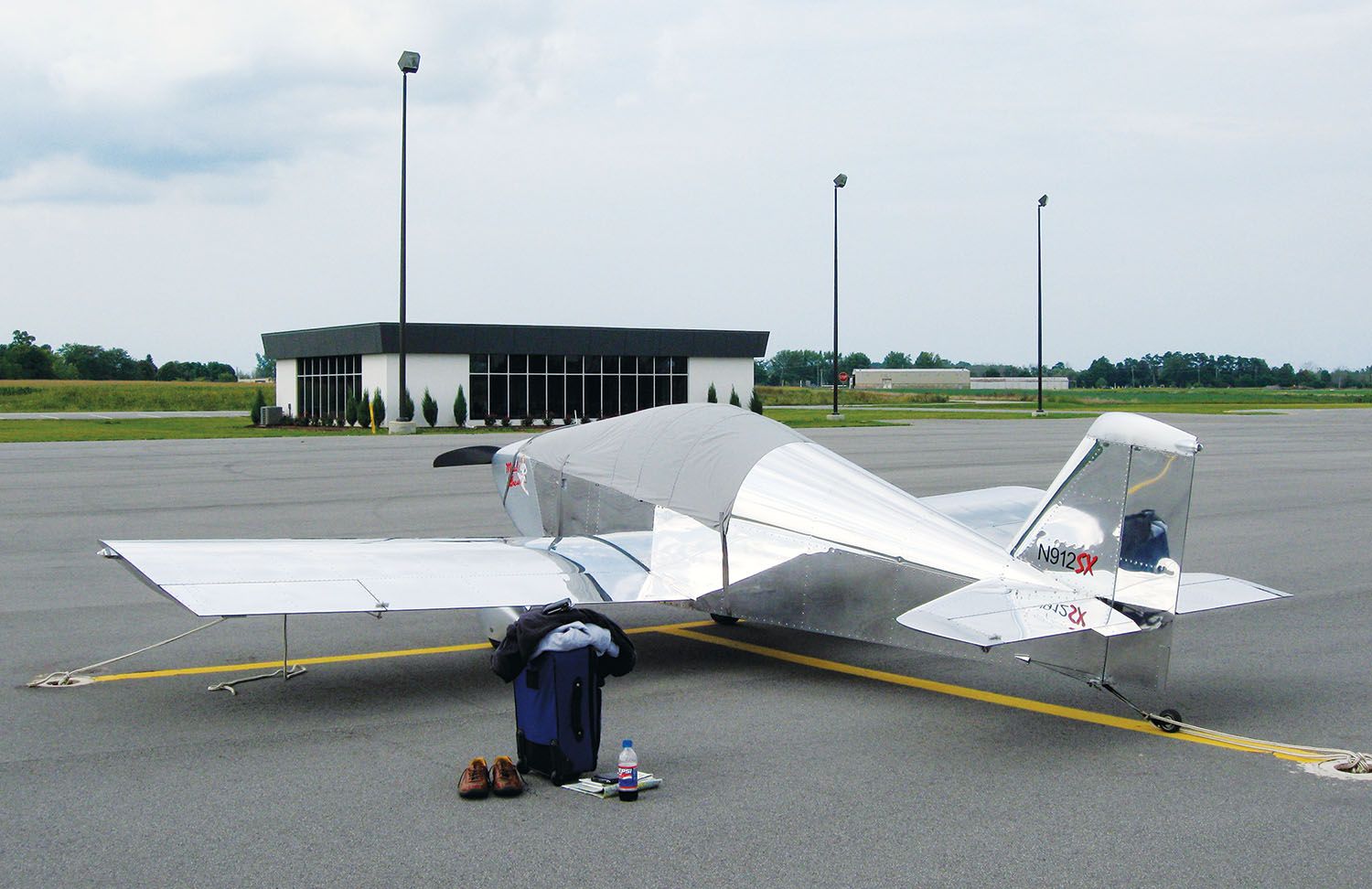
What from our evolutionary past predisposed us to the need for more? Always more. What scarcity did our species experience that threatened our survival so seriously that it became coded in our DNA and passed on for untold generations to manifest in the age of flight as a need for more fuel? Always more fuel. Is it the same unquenchable thirst for more that drives the squirrels in my neighborhood, which are provided an inexhaustible supply of corn and peanuts, to also hoard and hide my neighbor’s decorative gravel? When I see the effort expended to accumulate resources that are so readily available to them—and some that are useless to them—my heart hurts at the thought of the other things they could do with their one finite resource; time.
Why More?
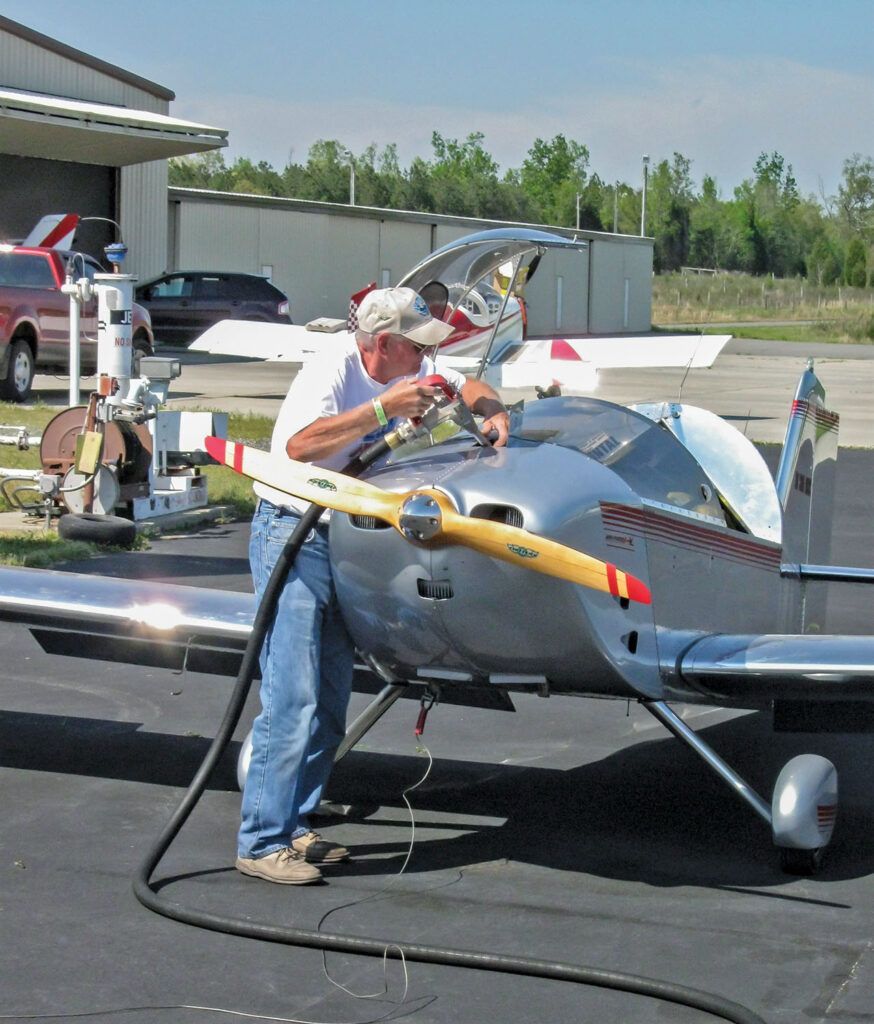
Unless an airplane designer failed so completely at providing adequate fuel capacity for a design’s mission—for instance, a four-place airplane designed for high altitude, high-speed travel that only carries two hours of fuel would be a design flaw—cries for more fuel and claims a design doesn’t have enough fuel capacity are driven by individual wants. The most common reason I hear is the distance between someone’s A and their B is beyond the airplane’s standard fuel capacity. They want to fly nonstop to their seaside condo, to visit their kid in college or to see their grandkids in Ann Arbor. Of course, aircraft range measured in miles assumes there is no wind. A tailwind can negate the need for more fuel. A headwind can negate the benefit of more fuel. There are also days when the weather is so poor no amount of gas can get you where you want to be. I argue against the need for more fuel with a bit of tough love. Their bladder and butt don’t have the same range, the wind and weather on a 900-mile odyssey can force a stop elsewhere—and their kid chose an out-of-state college for a reason.
The want for more fuel can also spring from the desire to do something unique with the airplane; for example, a record attempt or a flight over areas so remote (water, mountains, jungles) that landing for fuel isn’t an option. If that’s the case, I recommend bringing a second engine along as well. The typical fuel capacity-craving builder is focused on increased range and ignores that they are giving up simplicity, useful load for people and luggage and possibly crash survivability—how and where is that fuel being carried? A builder who is adapting their airplane for a unique flying experience knows exactly what they are giving up to set a record or traverse a fuel desert. Charles Lindbergh sacrificed aircraft stability and forward visibility to carry enough fuel to cross the Atlantic.
More is Less
The first casualties of increased fuel capacity are the time and money needed to install the system. The second casualties are decreased useful load and performance, whether the extra tanks are filled with fuel or not. Also, all of that extra stuff has to go somewhere, and that somewhere may be the luggage space, passenger seat or footwell. What must be left behind, from lack of space, useful load or both, to eliminate one fuel stop? Spare parts? Clothes? Tools? Gifts for the grandkids? Passengers? The ability to clear an obstacle during a high-density-altitude takeoff? Lest you think I’m a glass-half-empty kind of guy, increased fuel capacity does add some tangibles to an airplane: more construction time and cost; increased empty weight; more fuel system complexity; increased pilot workload; more failure points; an increase in ongoing maintenance needs. OK, with my reputation as a realist restored, I’ll move beyond the costs that can be measured, or at least estimated, and look at the costs that can’t.
Beyond the unemotional statistics of range, fuel capacity and useful load lies the idea that flying can take us places both planned and unplanned. You know what awaits you at your destination: a friend, a vacation, a child at college, a paper plate covered with dry pancakes and greasy sausage. Think of the experiences that lie between home and your destination. In truth, you can’t. They are treasures awaiting discovery. I’ve logged many hours at 8500 feet agl that I can’t recall (I do recall an uncomfortable encounter with a Southwest 737 as I skirted Chicago’s Mode C veil), yet I have memories from nearly every gas stop. An unplanned-yet-necessary stop in Wall, South Dakota, completely changed the course of a cross-country and may have helped launch my KITPLANES® writing career many years later. It remains one of my favorite cross-country experiences. There was an unexpected ride in a T6 Texan in Fargo, North Dakota, which was a gas stop on my way to Minot, North Dakota. And there was Cairo, Georgia.
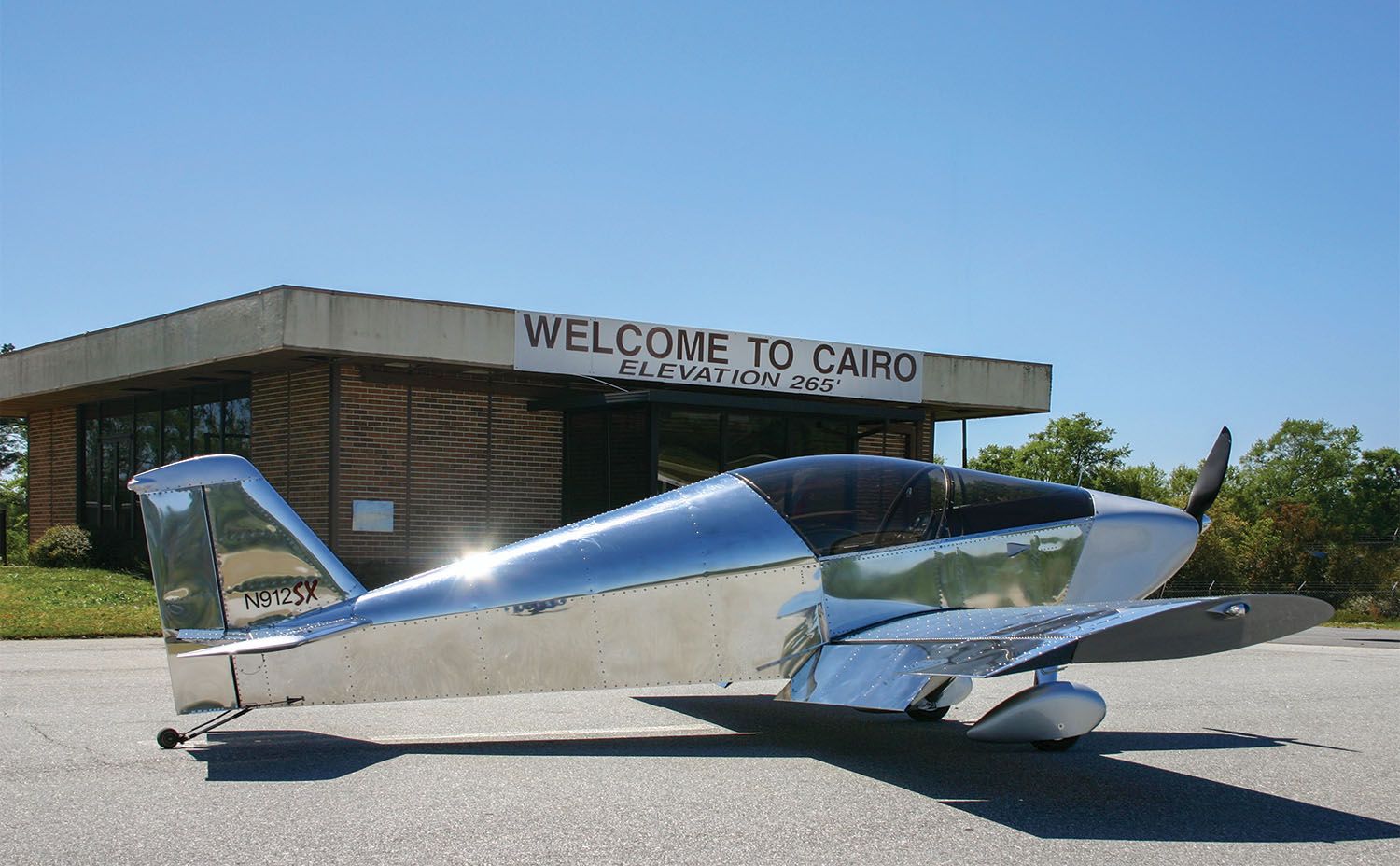
The Butterfly Effect
I didn’t plan to stop at Cairo. I didn’t know it existed until an energetic tailwind blew away my pre-planned stops and made Cairo a must-see. While nursing Metal Illness at Cairo’s self-serve fuel pump, a man—the only other person on the airfield—emerged from a sun-baked repair facility to greet me. We visited a bit and, as the last few drips of fuel fell from the nozzle into the fuel tank, he offered me a ride to get lunch. I declined his generous offer but followed him back to the shade of his hangar while I snacked on an energy bar. I often take photos to capture my thoughts, the scent in the air, the weather conditions, someone’s accent—all useful things to a writer and more quickly captured with a photo than a notepad. I snapped a photo of him working on the leaking fuel tanks of a Cessna (apropos, no?) and offered to send him a copy if he wished. He wished.
Four years later, range and wind again made Cairo a fuel stop. The same man emerged from his faded hangar and said he remembered me (he probably remembered the airplane). Again, an offer to drive me for food was extended. This time, I accepted. While eating, he told me he had lost his wife to cancer a year earlier and asked if I remembered the photo I had taken of him. His prompt brought the photo into sharp focus in my mind. He said he used it as his profile picture on a dating website, where he met someone he was dating. The butterfly effect was on full display. My need for gas four years earlier contributed in a small way to this person’s present and possibly his future. I wonder, as I’m wont to do, if his offers to drive me for food were more than kind gestures (not unusual, I’ve learned, at small airports), but also a need for companionship.
The squirrels in my neighborhood hoard corn, peanuts and stones because evolution wired them for reproduction and survival and little else. They can defeat the most intricate squirrel-proofing devices humankind can imagine, but they lack the capacity to recognize the resources they hoard are unlimited and the effort they expend is unnecessary. It makes me think of the homebuilders who devise add-on fuel systems and suffer all that that entails to accommodate scenarios that seldom play out in recreational flying. How many fuel stops must be eliminated to make up for the extra building time, complication and cost? What else could they do with that time and those resources? Aren’t they curious about what lies below, at an airport they’d never consider if not for the need for gas? Someone or something may be waiting there for them. What price range, indeed.









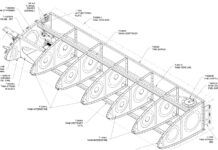

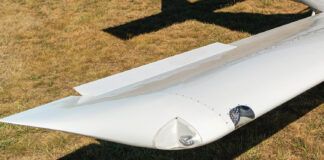


Excellent article, Kerry; I really enjoyed your story about the fellow in Cairo, GA. I would add one thing about added fuel capacity. I’ve seen a few articles in experimental aviation magazines covering beautifully built airplanes in which the builder installed extended range tanks. The articles either mentioned them in passing or just listed them in a sidebar along with the aircraft’s other specifications. One in particular that I recall was a composite kit with a gorgeous paint job, two-screen IFR panel, leather interior — all the goodies. However, if you did the math, full fuel tanks would have yielded a comically small weight capacity for pilot, passenger and baggage. So, either the builder/pilot planned to fly significantly over gross weight, or the plane was doomed to carry useless tank weight for it’s entire life!
Hi Eric. Thank you for reading an commenting. I see so many airplanes that look, even in photographs, like they are heavy builds. With the added weight comes loss of performance and loss of safety and, often, unintended loss of utility. Thank you for reading and taking the time to comment.
~Kerry
Poetry. The read made my sunny day have an a even bright spot.
Hi Drew,
I’m so happy you enjoyed my column. Thank your for taking the time to comment, I appreciate that. Writing is a solo sport and I know I speak for other writers when I say how much we enjoy hearing that our words connected with a reader. ~Kerry
Hi Kerry,
Amusing, great insights and a sunny take on unplanned fuel stops.
The only other thought I would have is the Rotax powered pilot and plane, which loves mogas and suffers lead clogged arteries from avgas, who might tanker a little mogas to keep the engine and the pilot’s wallet happy.
Hi Chris,
Thank you for reading and commenting. Good point on Rotax operators. That is a challenge I never had to consider. ~Kerry
You want more fuel? Or – put the plane and yourself on a diet. It – indirectly – comes to the same thing. 🙂
Those fighter planes with an engine rated at 45 inches MAP, could do 110 inches in “War Emergency Power.”
A crop duster rated 3600 pounds when in Normal Category, can go to
4500 or more in the restricted category. Often, the extra weight must be
shed before landing.
A little math, and ingenuity can get you extra fuel in there for a lot of
purposes. Is the airplane designed for normal, utility or aerobatic gross
weight? Do you intend a long flight with only yourself? Can fuel go in
5 gallon jugs? Can those jugs be used while in flight?
I like your human interest story about Cairo. No real connection to the
fuel capacity of the plane, but the highlight of the story. I have come
across many such kind FBO people at remote airports. In the 60’s I
flew a 1939 Taylorcraft with only the nose tank. And a 5-gallon jug on
the floor where the passenger’s seat would go. In flight plumbing. Came
in really handy flying the Alaska Highway.
Extreme turbulence forced me to land at Destruction Bay/Burwash Landing. On the road, by a gas station and roadside cafe. I was 20
years old. What kindness! (Brand new Radio Range, I may add, that
replaced Aishihik Lake and Snag Ranges. A welcome sound on my
headphones. 1967, the last Range ever built).
Those memories do not fade away. You can tell the story to someone, and
is promptly forgotten by them. But they are in your mind and heart
always like it happened last week.
Ramon Gandia, age 77, Nome, Alaska USA
Nome: Not the end of the world, but you can see it from here!